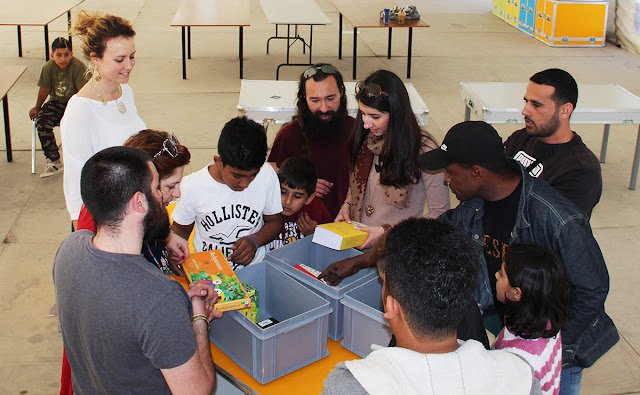At a time when the internet is criticized for fueling division and distrust, we want to help demonstrate the incredible power YouTube has to generate a positive social impact. That’s why today, we’re introducing a new global program called YouTube Creators for Change, as well as new resources and grants dedicated to social change work.
YouTube Creators for Change is a new initiative dedicated to amplifying the voices of role models who are tackling difficult social issues with their channels. From combating hate speech, to countering xenophobia and extremism, to simply making the case for greater tolerance and empathy toward others, these creators are helping generate positive social change with their global fan bases.
Our first six Creators for Change ambassadors are Natalie Tran (Australia), Abdel en Vrai (Belgium), Nilam Farooq (Germany), Omar Hussein (Saudi Arabia), Barış Özcan (Turkey), and Humza Arshad (United Kingdom).

We'll be introducing other ambassadors soon, and we will be sharing their stories — starting with Humza Arshad whose “Diary of a Badman” series is helping redefine what it means to be a young Muslim today in the U.K. Since video is such a powerful form of expression, watch and learn more about how Humza is using comedy to create change:
Over the next year, program ambassadors will drive greater awareness of social issues and foster productive dialogue around these topics through the videos they create. They’ll also help identify and empower emerging creators who also want to speak out on these crucial topics. To support and amplify these brave voices, we are committing $1M in equipment and production grants as part of the Creators for Change program. We’ll also welcome these creators at new programs at YouTube Spaces throughout the year, so stay tuned for more details soon.
Our efforts don’t stop here — we’ll also continue working with NGOs, schools, and media companies around the world to launch more local programs as part of Creators for Change. We recently introduced a program in France that brought together more than 700 participants who created 140 videos under the theme of fraternité. In Germany, YouTube creators joined forces under #NichtEgal, a movement dedicated to unite Germans in countering online hate.
We’re also pleased to announce that Google.org, our philanthropic arm, is establishing a $2M charitable fund to support nonprofits working on innovative solutions that promote inclusion and cross-cultural understanding.
We hope these new programs and resources will continue making YouTube a place where anyone can have a voice and where anyone can use the power of video to help generate positive social change.
Posted by Juniper Downs, Head of YouTube Public Policy




